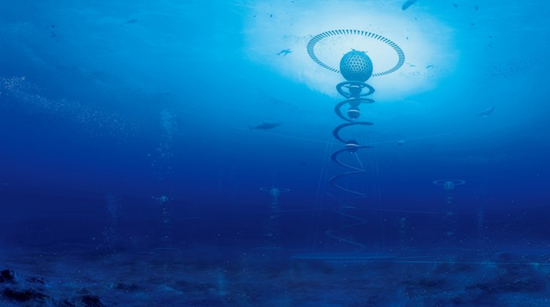
Japanese Firm Plans World's First Underwater City Powered by Sustainable Energy
By Lucy Wang, Inhabitat, 25 November 2014.
By Lucy Wang, Inhabitat, 25 November 2014.
Just weeks after the ESA made the first-ever landing on a comet, another ground-breaking proposal to tackle an unexplored frontier has surfaced - but this time, in the deep sea. After two years of design development, Tokyo-based Shimizu Corporation just unveiled blueprints for the world's first underwater city that, by the construction company's estimates, could be completed in just a few decades at a cost of US$26 billion. Dubbed the "Ocean Spiral," the sustainably powered, Atlantis-like metropolis is the latest futuristic scheme proposed by Shimizu.
Shimizu Corp.’s vision of the modern-day Atlantis is divided into three parts, with the underwater city contained in a 1,600-feet-wide sphere that could house up to 5,000 residents and comprise mixed-use developments where people can live, work, and play. The spherical city floats at the surface of the sea, but can descend down a 9-mile-long spiral pathway into the deeper depths during times of bad weather. The spiral pathway is connected to a research facility, which would excavate the seabed for precious metals and create energy for the city above using temperature differences in ocean water.
“This is just a blueprint by our company, but we are aiming to develop the technology that would enable us to build an underwater living space,” Shimizu spokesman Masataka Noguchi told the Wall Street Journal. Desalinated water would be created using hydraulic pressure and fish farms would be built around the structure. The proposal also mentions harnessing the power of microorganisms to convert carbon dioxide to methane energy.
Although seemingly farfetched, Shimizu’s proposal underscores fears of sea level rise and loss of habitable environments. The design was realized with help from University of Tokyo researchers, the Japan Agency for Marine-Earth Science and Technology and the government’s Fisheries Research Agency. The Shimizu construction company estimates that the technology to implement the “Ocean Spiral” could be in place by 2030.
Images via Shimizu Corporation

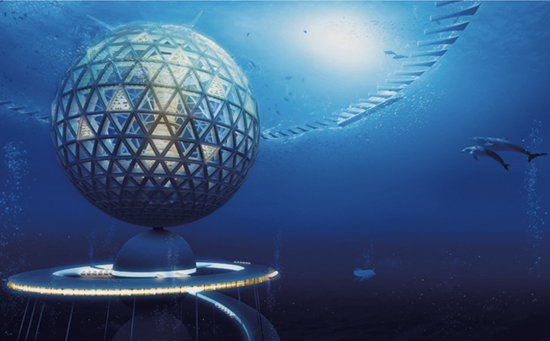

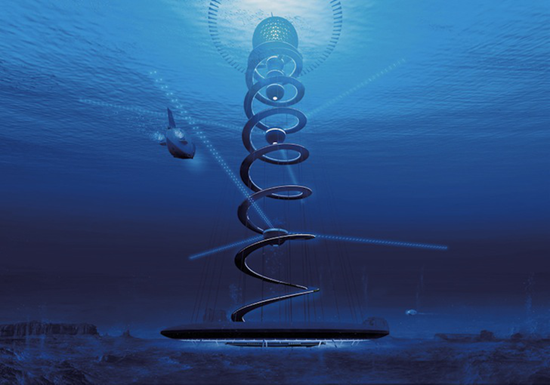
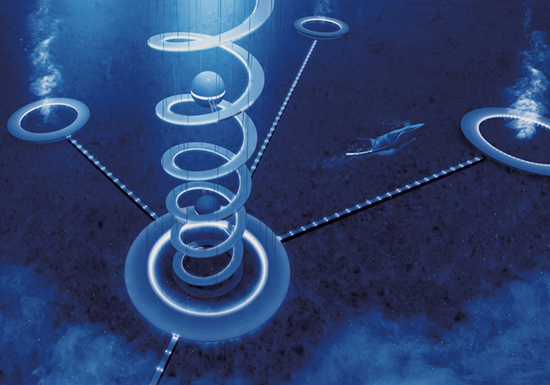
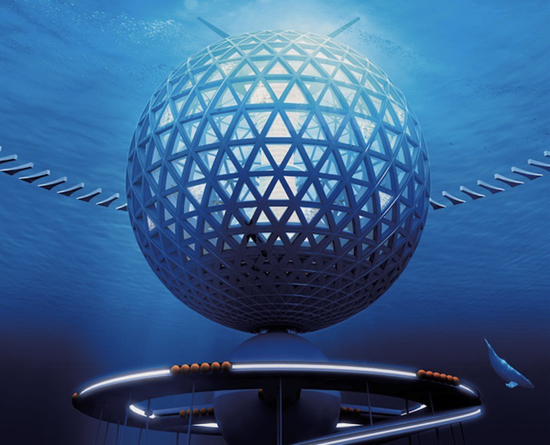
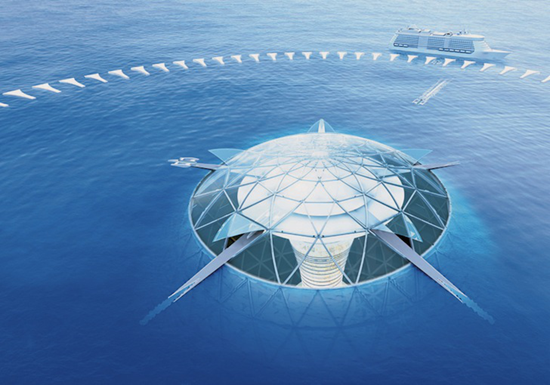
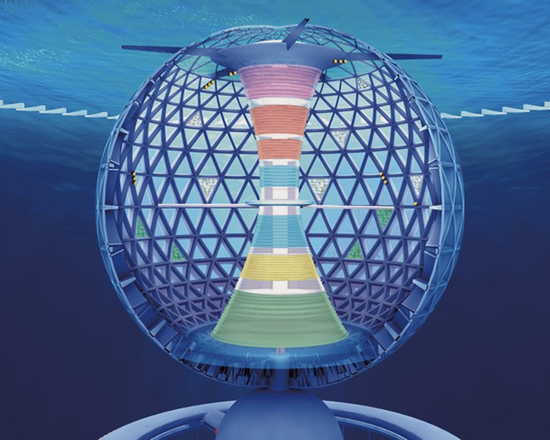
No comments:
Post a Comment
Please adhere to proper blog etiquette when posting your comments. This blog owner will exercise his absolution discretion in allowing or rejecting any comments that are deemed seditious, defamatory, libelous, racist, vulgar, insulting, and other remarks that exhibit similar characteristics. If you insist on using anonymous comments, please write your name or other IDs at the end of your message.